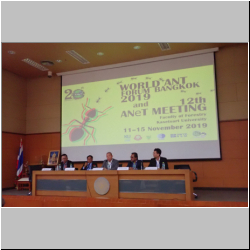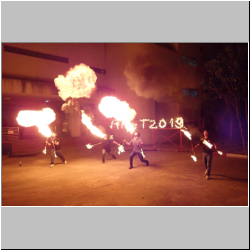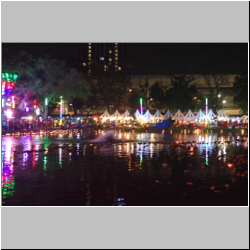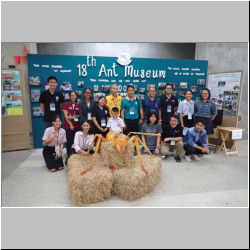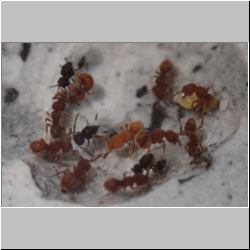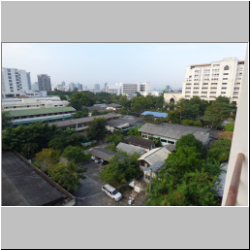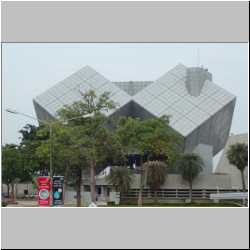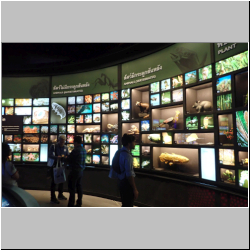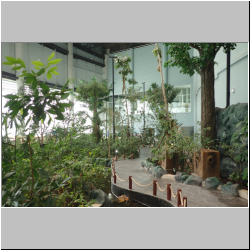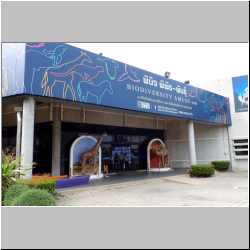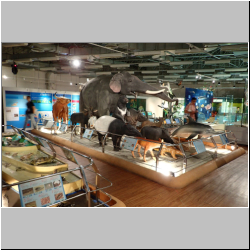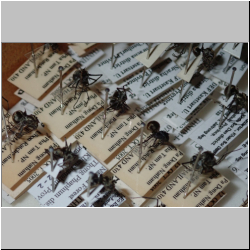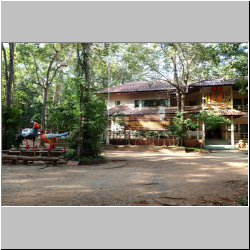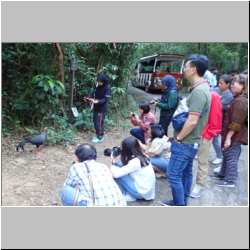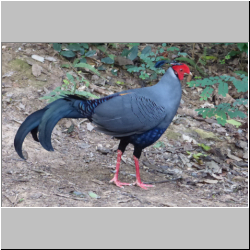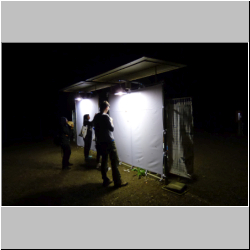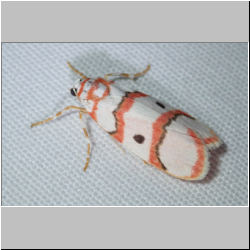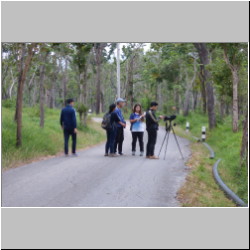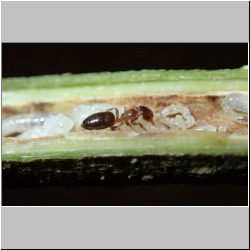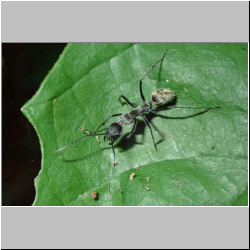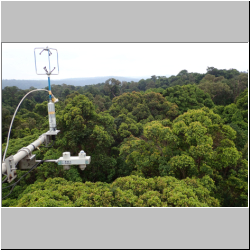
ANeT Meeting 2019 in Thailand - Conference Report written by Dirk Mezger
From nesting ecology of Polyrhachis ants in Thailand's dry evergreen forests, the secret live of Rhopalomastix inside the tree bark, ants along an elevational gradient in New Guinea, DNA barcoding of ants from the Philipinnes to the description of new Platythyrea species: the 12th ANeT meeting covered a large array of different trending myrmecological topics.
More than 83 participants from at least 17 countries attended this conference which was held from 11th to 15th November 2019 at the Faculty of Forestry at Kasetsart University in Bangkok, Thailand.
For the first time, the economic issue of ants was discussed broadly at an ANeT conference. Researchers working in pest control presented various aspects of ants living in domestic environments cause hygienic problems, particularly in tropical areas, what can be done to control them and how chemical pest control products are tested before registration. The highlight of this part was a presentation of Jan Kofahl on how to start a career with ants while not being a scientist, but studying business administration and becoming a CEO in a company marketing weaver ants both as organic pest control and protein resource.
The talks covered many different topics on global change ecology. A presentation of Dr. Jochen Drescher was on the influence of oil palm plantations in Indonesia on the phylogenetic composition of ant communities and their functional ecology. The president of ANeT, Dr. Himender Bharti, showed in his plenary talk the many aspects on how ants are affected by climate change. This topic was also covered by other plenary talks, Dr. Dr. Mezger presented his study on the influence of climate change on the ant communities of two mountains of Borneo. Invasive species are always a hot topic on ANeT-meetings : many presentations dealt with their influence on native arthropod communities, interception of exotic ant species on markets and ports and novel ways to control them. At this point the talk of Prof. Yoshiaki Hashimoto must be highlighted. He presented a novel method to use Wasabi to fight the invasion of fire ants in Japan.
Since the first ANeT Conference took place 20 years ago, Prof. em. Seiki Yamane gave a plenary talk on the history of ANeT and how taxonomic resources were established in various Asian countries with the support of ANeT. Dr. Dirk Mezger informed the participants about Asian Myrmecology and the improvements made in recent time on this journal. The ANeT committee meeting discussed about the location of the ANeT conference in 2021. At the time of the writing of this report, the exact location was not decided yet. This meeting will be either held in Taiwan or Mongolia. In any case, it is supposed to be another exciting conference with many new impressions!
Beside the plenary sessions, this meeting had some very interesting supporting events. A life ant exhibition presented some colonies of cryptic leaf litter species like Strumigenys or Discothyrea. An ant identification course was organized by Pofessor R.K. Sriyani Dias and Professor em. Seiki Yamane where students could get some first hand insights into ant taxonomy.
Also the social program of this conference was very impressive: It started with the welcome party at the first evening with a traditional Thai Dance performance and an huge fire show. After that, all conference participants were invited to join the Loy Kra Tong Festival on the campus of Kasetsart University. All got a decorated bowl with a candle which was brought to a pond where these bowls were let flow. The atmosphere of this festival was very captivating to all.
ANeT 2019 also offered two excellent field trips: One the first day, the conference participants were invited to visit the new built Rama IX Museum. This brand new museum is the largest global ecosystem museum in Southeast Asia. This tour included also a visit to the information technology museum and a behind the scenes tour to the ant collection of the natural history section of this museum complex.
The excursion to the Sakaerat Environmental Research Station the final highlight of this conference. After a five hour bus ride the participants came from the mega-city of Bangkok to the almost pristine dry dipterocarp forests and dry evergreen forests of the Khorat plateau. At this research station, the field trip participants got a prime introduction to the forest ecosystems of central Thailand. After lunch and a some information on this place, the conference participants had the opportunity to attend several events. The first part was a walk through the forests where several ant genera typical for Thailand's forest ecosystems were recorded: Aphaenogaster, Carebara or Pheidole. After that, the staff of the research stations presented the avian hightlight of this area: the Siamese Fireback Pheasant. One of their research assistants knew a location to observe these birds and was able to imitate the mating call of the male, By doing this, he was able to attract at least five individuals of both sexes of this gorgeous bird species. The firebacks did not care about the more 20 visitors waiting on the forest clearing and came very close to them, performing courtship behaviour and seemed not to care about the human spectators. It was a real pleasure to watch these birds so close which are generally quite shy due to hunting pressure and other forms of human predation. With their behaviour unaware of humans, these gamebirds showed that there is no hunting in that particular area which is a proof that the forest guards of Sakaerat reserve are doing a very good job.
Another highlight was waiting after dinner for the participants: a communal moth night. On a clearing in the evergreen dry forest, there were permantly installed white-sheets and the staff switched on the light to attract moth and other nocturnal insects. More than 20 moth species and many other insects like earwigs, crickets and beetles appeared at the light. A bird walk in the next morning introduced the participants to the avian life of the dry dipterocarp forest with Burmese shrike and Red-breasted Parakeet as highlights. The mid morning was used for another excursion to the ant of the evergreen dry forest. Dr. Weeyawat Jaitrong presented a colony of Cladomyrma sirindhornae living inside the stems of a certain climbing plant. Some participants used the opportunity to climb on 40 m high climate observation tower to which offered spledied views over the tree canopy. After that, it was already time to leave this wonderful place and to go back by coach to Bangkok. At this point many thanks to the team of Sakaerat Envirnmental Research Statiotion for hosting the Anet-participants! With the arrival at the Faculty buildings in Bangkok, the conference was finished and the conference participants waved goodbye to each other and headed back home or to their holiday destination in Thailand within the next days. Thank you very much to Prof. Decha Wiwatwittaya and all others who help with this wonderful and inspiring conference with plenty of exciting impressions and new connections! Everybody is looking forward for the next ANeT meeting - may it be in Taiwan or Mongolia!
Copyright 2020 Dirk Mezger and Martin Pfeiffer




